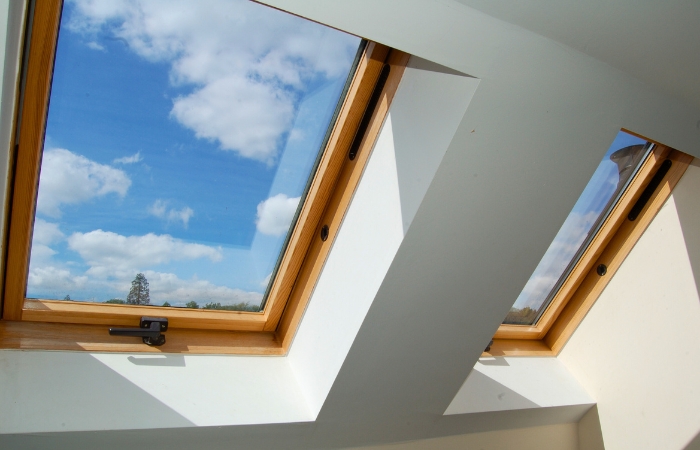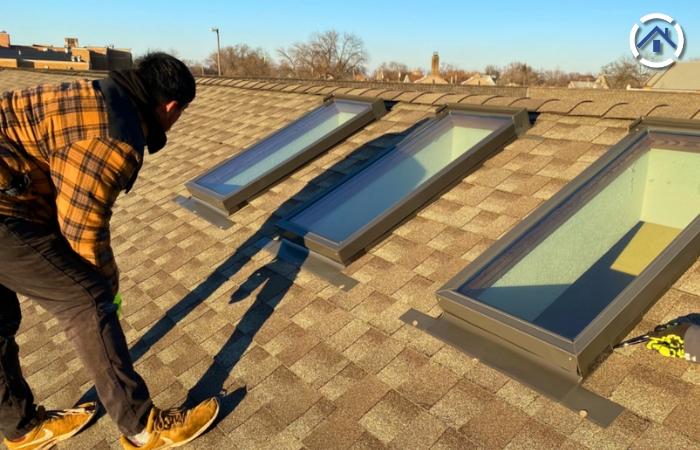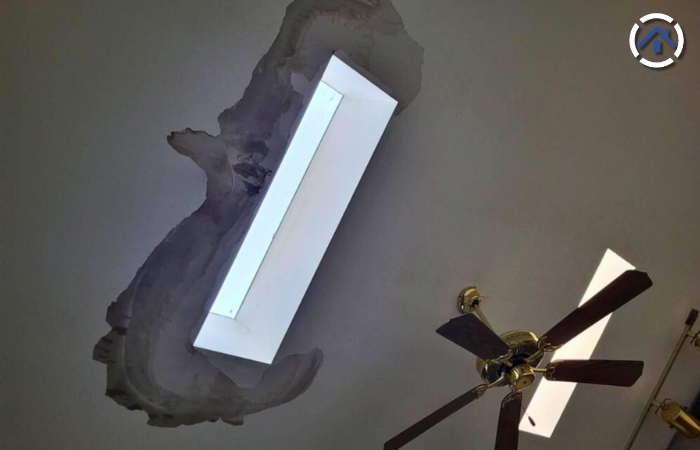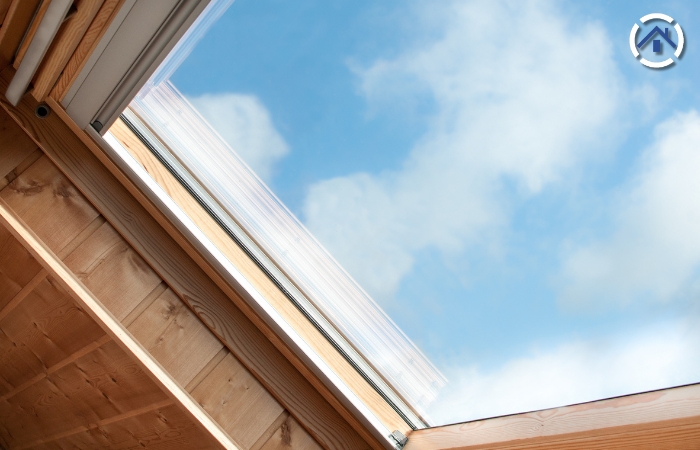
Are you among the many homeowners captivated by the allure of skylights? It's hard not to be drawn in by their enchanting appeal. Skylights have a magical way of elevating the aesthetic of any home, infusing it with a captivating charm and enhancing its overall ambiance.
If you're considering adding these luminous features to your own abode, there are a few key details you'll want to keep in mind, like skylight lifespan, advantages and disadvantages, and more. Let's explore the essential information you need to know before diving into the world of skylight installation for your home.
Skylights are popular architectural features that provide natural light and ventilation to interior spaces. However, like any other component of a building, they have a finite lifespan. On average, a skylight can be expected to last between 8 and 15 years. This lifespan can vary depending on factors such as the quality of materials, climate conditions, and how well it's maintained.
Proper installation is crucial for ensuring the longevity of a skylight. A poorly installed skylight may develop leaks or structural issues, significantly reducing its lifespan. It's essential to hire experienced professionals for installation to minimize the risk of problems down the line.
Skylight care also plays a significant role in extending its lifespan. Regular maintenance, such as cleaning the glass and checking for any signs of damage or wear, can help prevent problems before they escalate. Clearing debris from around the skylight and ensuring proper drainage channels are clear can also prevent water damage.

When selecting skylights, opting for high-quality materials is crucial for ensuring their long-term durability. Materials like tempered glass or acrylic offer superior strength and resilience compared to cheaper alternatives.
Tempered glass is specially treated to be stronger and more resistant to breakage than regular glass, making it highly suitable for skylights exposed to various environmental conditions. Acrylic, on the other hand, is lightweight yet exceptionally durable, with excellent resistance to impact and weathering.
Skylights offer an excellent source of natural light, which can have numerous benefits for you and your home:
A. Natural light isn't just nice to look at; it's great for our mood, productivity, and health too. Sunlight can make us feel happier and more relaxed. Plus, it helps us concentrate better, which means we get more done. Also, sunlight gives us vitamin D, which keeps our bones strong and our immune system healthy. It even helps us sleep better at night. So, letting more natural light into our lives isn't just about making things pretty—it's about feeling good and staying healthy too.
B. Skylights connect us to the outdoors and offer practical benefits. By utilizing natural daylight, they reduce the need for artificial lighting, cutting energy bills and lessening environmental impact. This dual function makes skylights a smart and eco-friendly choice for illuminating indoor spaces.
Skylights can create an illusion of spaciousness by bringing in additional light from above. The natural light streaming in from overhead can open up the room, making it feel larger and more expansive. This effect is particularly beneficial in smaller or enclosed spaces such as bathrooms, hallways, or attic rooms, where conventional windows may not be feasible.
Skylights can add architectural appeal and functionality to your home, potentially increasing its resale value. Homebuyers often appreciate the benefits of natural light and the aesthetic appeal of well-placed skylights.
Additionally, energy-efficient skylights equipped with features such as low-emissivity coatings or solar-powered blinds may further enhance the appeal and value of your home.
Research local market trends and consult with real estate professionals to understand how skylights may impact the value of your home in your specific area.
Skylights, while providing natural light, can also contribute to higher energy bills due to their impact on indoor temperature regulation. During the summer, sunlight entering skylights can cause additional heat gain, increasing cooling costs. Conversely, in the winter, skylights can be a source of heat loss, as warm air escapes through them, requiring more energy to maintain a comfortable indoor temperature.
One of the most common issues associated with skylights is water leakage. Whether due to improper installation, poor flashing, or aging seals, skylight leaks can lead to water damage, mold growth, and structural issues if left unchecked.

Skylights can be prone to condensation buildup, particularly in humid environments or during temperature fluctuations. Condensation can lead to moisture problems, including mold growth, wood rot, and water stains, which can compromise indoor air quality and structural integrity.
Proper skylight positioning is essential to maximize natural light penetration. Understanding your home's orientation and the path of the sun can help optimize the placement of skylights for optimal light distribution.
Consider the size and placement of skylights carefully to achieve the desired effect without overwhelming the space or compromising your privacy. For instance, smaller skylights may be sufficient for bathrooms or hallways, while larger ones can make a dramatic statement in living areas or kitchens. Additionally, using skylights with operable vents can provide both light and ventilation, further enhancing the feeling of openness.

Recognizing skylights' lifespan prompts a deeper consideration of their installation, upkeep, and materials. Engaging experienced professionals for these tasks can significantly extend skylights' longevity, ensuring sustained functionality and visual appeal.
Despite potential challenges like higher energy costs and the risk of leaks or condensation, skylights' myriad benefits, from augmented natural light to potential home value appreciation, underscore their value in home design. By thoughtfully addressing factors like positioning, size, and materials, homeowners can leverage skylights to cultivate inviting spaces that enhance both their daily experience and property value.